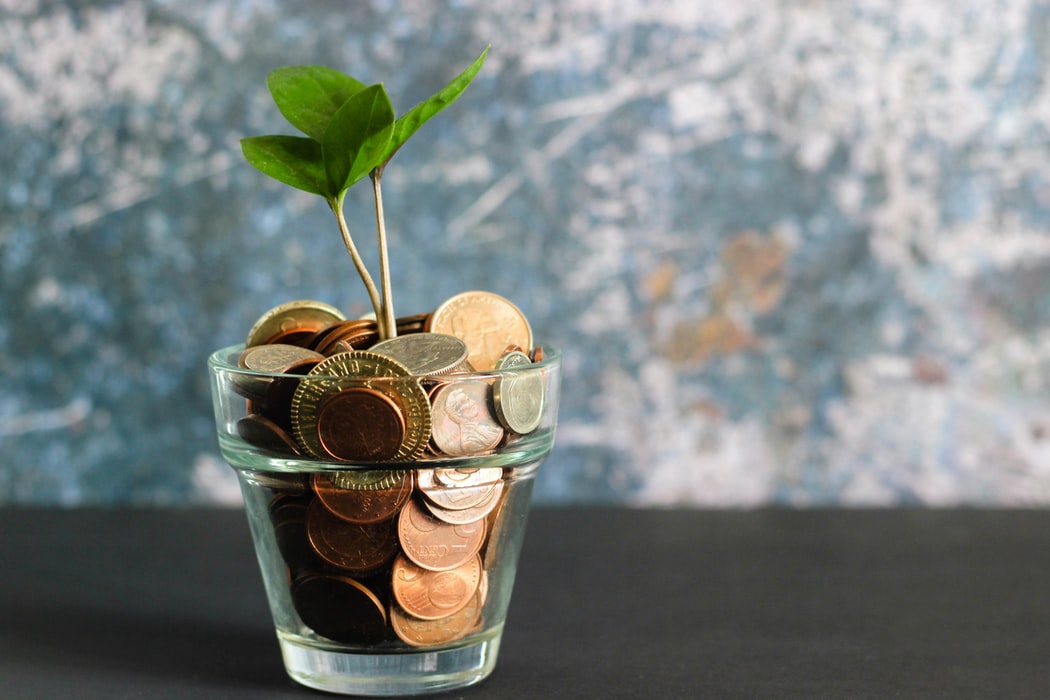This Article also appeared in Money Sense Magazine.
For more than fifteen years of my seafaring career, if there is one lesson that I could equate my life to this work I could sum it up to STABILITY. Stability is not only about the ship being able to float safely in the water, but it also means our safety to live our lives at sea. Although “ship stability” is only one aspect of our academe, for sure it is one of the most important ones. Ship stability means the ability of the ship to return to its upright position after it has been disturbed by outside forces like waves, winds brought by storm or other forces by nature. But when I became a financial planner, I found out that concept of stability also works in this field; how to find a stable portfolio after all the financial disturbances occurred.
Indeed, we are living in a fast changing world that some of us are drowned not by the flood brought by numerous typhoons but by the fast ever changing environment we live in that most of us fail to adapt to. When a new political event pops up; the market moves. When the former Chairman of the FED Ben Bernanke made an announcement, the world market reacted. More than ever people are trying to find the secret to investment success as well as the secret of keeping this success to last a lifetime.
A tanker ship is a ship designed to carry liquid cargo in bulk directly into their ship’s tank. During the first development of an oil tanker ship, the ship was designed with single or dual tanks only, but the result was not that good; it created a huge amount of free surface effect. When the ship’s tank has a wide surface area and you partially fill it with liquid, it will create a huge amount of free surface. The liquid will move around freely due to external forces like waves and winds; it will slosh about. This sloshing has a dynamic force that once it sloshes to one side it has an ability to alter the stability of the ship or even make the ship capsize. So, to mitigate this hazard, it is very important to make the ship’s tank either fully loaded or empty.
But in the modern design of the oil tanker, it has several tanks which spans the width of the ship and it was further subdivided into port or starboard section. This new design virtually eliminated the free-surface effect problem in stability. Now, with the new tanker you can load some tanks slack without any danger of capsizing. Diversification works the same way in investing. Putting your money in a single asset class can expose you to a greater chance of making your investment portfolio capsize.
Investment diversification is for sure the most important factor in having not only a profitable portfolio but also as a solid one. Diversification is a strategy of combining different asset classes to reduce the risk of an investment portfolio, or simply means attaining stability. Having different investments like stocks, bonds and cash might form your diversified portfolio. How much you will allocate for each investment will depend on your financial goals and time horizon. But having a diversified portfolio will not always guarantee your gains or totally protect you against losses but it will help a lot in lowering the risk level of your investments.
In building a diversified portfolio, it is important to select different kinds of investments that move opposite of each other. With this, even if the other investments are not performing well, the rest are still growing, offsetting the overall performance of your total portfolio. Diversifying is not only about having different asset classes; you can still practice it even within a particular type of asset. Let’s say in your stock investment, avoid putting majority of your capital in one particular stock. You can design an investment plan that state that your maximum exposure in one particular stock should not be more than 5%. You can even diversify by choosing an industry that moves in an opposite direction. For example, during good economic conditions technology and communication stocks will do well, but during economic recessions they might not perform well compared to consumer stocks.
If you are investing in bonds, you may also diversify by choosing different maturities and coupon rates. You can even further diversify your bond investments by having government bonds and corporate bonds. Even in choosing government debt securities, you have varying choices aside from bonds alone, like: T-bills, T-notes, and municipal bonds. In choosing corporate bonds, you can consider in your decision their credit ratings and sector where they belong.
We all know that the year 2013 has been a very volatile event for Philippine stock market; it reached an all-time high of 7,392.20 on May 15 and went down to 5,738.06 on August 28 and on its last trading day of 2013 it closed at 5,889.83. Let us assume that you invested P100,000 on January 2, 2013 and held that investment through December 27, 2013. What would have happened to your investment during this volatile year if you had put it all your money in bonds? How about if you had invested it all in stocks? Or what would have happened had you decided to leave it all in the bank? For us to have a good picture of what would most likely have happened, let us consider the three investment options: bond fund, equity fund and bank deposit.
If you invested all your money in a bond fund, you would have earned 5.98%, making your P100,000 become P105,980 (this is before fees and charges). While if you choose to invest it in equity fund, it would have given you a negative return of 8.51% or an investment value of P91,490 at the end of 2013. Now, if you opted to place all your money in the bank with 0.25% interest rate your money would have an ending balance of P100,250 (before withholding tax).
We have heard many times that stock market will outperform all investments available in the market over the long haul. But during downturns, this will be difficult to take. With this, diversification will play an important role in lowering your risk. If you had just designed an investment portfolio of let say 70% in stock, 20% in bond and 10% in cash, it would give you an ending value of P95,264, a 4.7% decline compare to 8.51% if you invested it all in an equity fund. How much more if you designed a portfolio allocated 50% in stocks and 50% bonds? It would give you a year end value of P98,735 or a decline of just 1.3% compare with 8.51%. You may have a-not-so good investment in your portfolio during bad times, but the most important principle of diversification is: the whole is greater than its part.
The above example shows the importance of diversification in lowering your risk, but diversification can be more beneficial in the long run. Unfortunately, most of us find it hard to maximize the benefits of this strategy, because when the market is doing really good, we are deceived to believe that the market hype will last forever, which makes us buy more of a stock that is performing well but expensive on the other hand. During a market dip, we tend to seek the shelter of safer investment like debt securities and cash positions. Therefore, instead of buying low, we are misled to buy high during a bull market. And we sell low during bear market instead of buying more, which can result to missed opportunities when the market recovers.
Therefore, having a well-diversified portfolio that is aligned to your financial goals, and time horizon and personal risk appetite is still the best strategy in building your wealth. The sample portfolio below is the recommendation I made in my book “Financial Planning for the Fast Changing World.” Whatever your risk appetite is, remember that there is always room for bonds, stocks and cash in your investment portfolio.
After having a well-diversified portfolio, this strategy should not end there. The key in this strategy is not only asset allocation but also keeping it aligned and maintained to bring it back to its original asset allocation whenever the weight of a particular asset class changes due to the changes in market conditions. Over time, you will find that some of your investments will grow faster than the others. Rebalancing will keep your investment align with your investment goal of having a diversified one, thereby bringing it back to a comfortable level of risk you are inclined to have.
For example, if you designed a portfolio with an allocation of 70% in stocks and 20% in bonds then the rest of 10% in cash. But during market run, like what happened last May 2013, your stock investment would have changed its allocation to 85% of your portfolio, exposing you to much higher risk that maybe you are not willing to take if ever the market suddenly crashed. With this, you will need to either sell some of your winning stocks and buy the underweight asset class such as bonds or put more in cash just to re-establish its original assets allocation. This action will not always come for free. Therefore, before touching your investment for rebalancing, check if you already pass the holding period given by that particular investment to avoid incurring unnecessary fees and
Remember that the most important question when it comes to investing is how you can achieve your financial goals with your current investment portfolio. Like in shipping business, our intention is not only to load an expensive cargo that will give us a profitable voyage, but also making sure that the ship will always float in its safest condition in whatever load condition she will have. Just like in investing, working aboard a ship is always coupled with a lot of risks. Our job as seafarers is to find a way how to lower all these risks thereby resulting to more income for ship owner as well as to us seafarers.
There is no right or wrong when it comes to taking risk in investing—risk is a very personal thing. Risk is not even about your age, as what most planners are trying to recommend; it is about having a good night sleep while your money is well invested at any given market condition. Risk can be compounded by ignorance, multiplied by gimmickry, and intensified by emotion. But we have seen in countless times, the most effective tool in combating risk is diversification.

